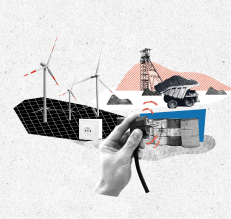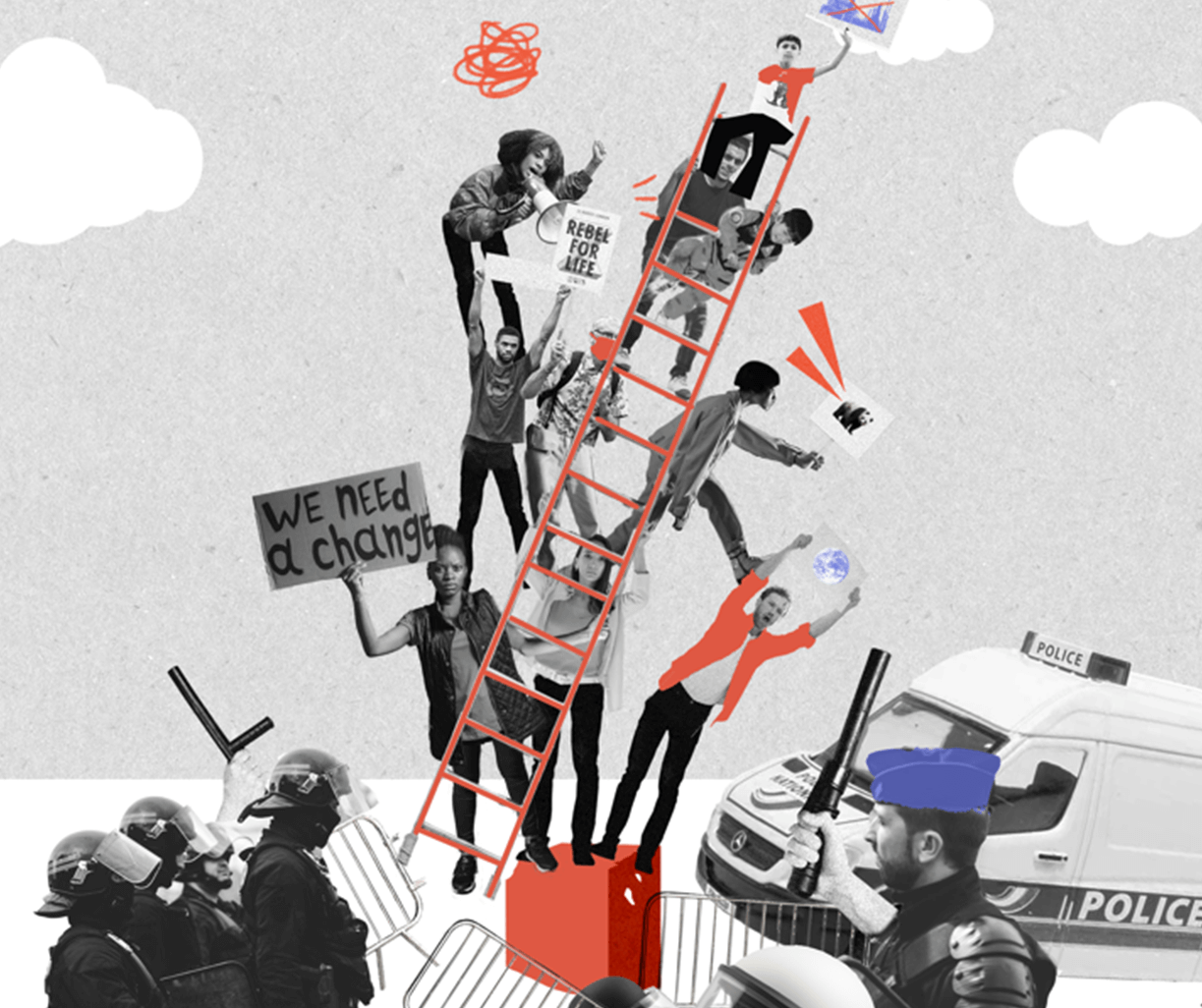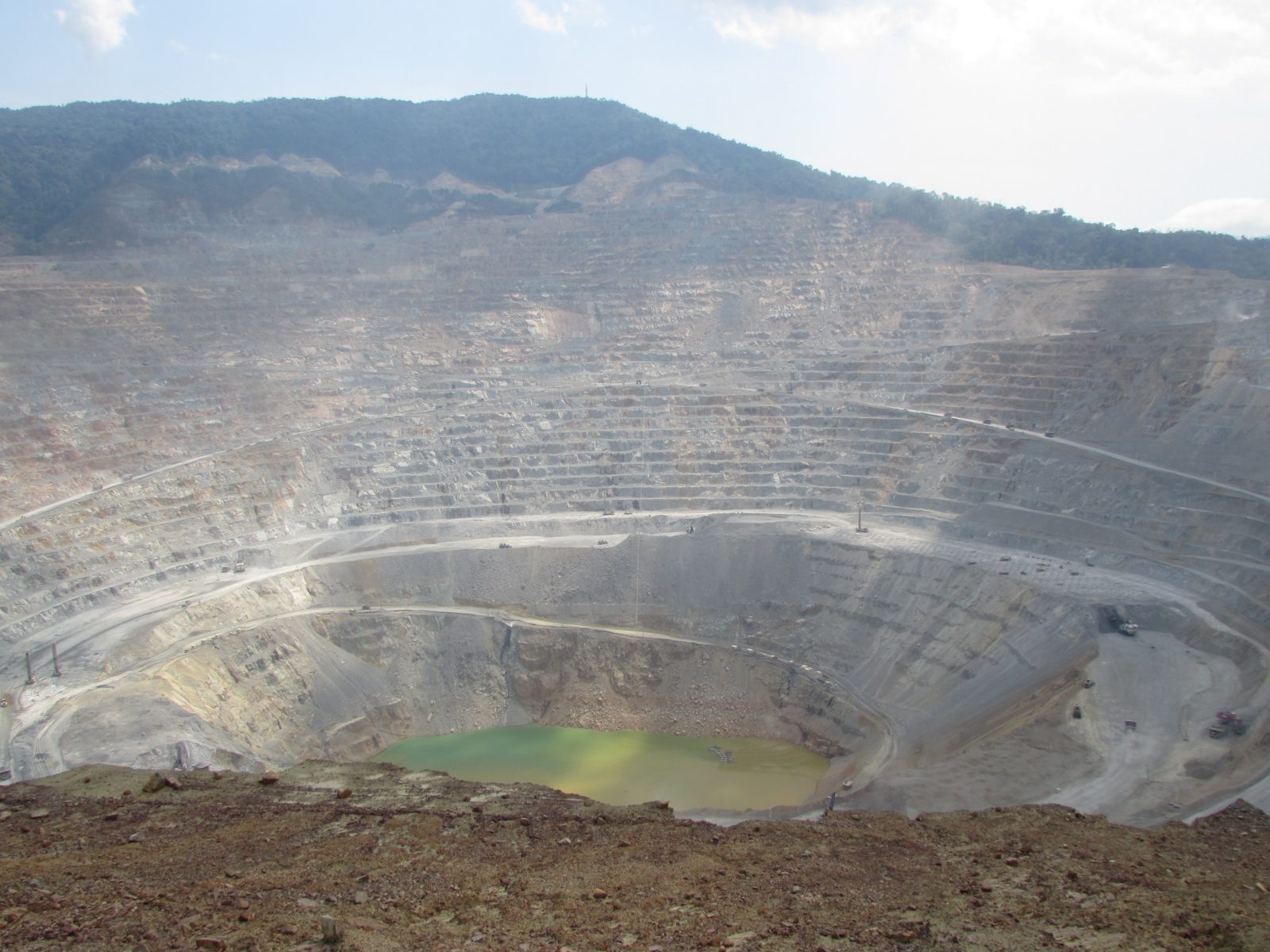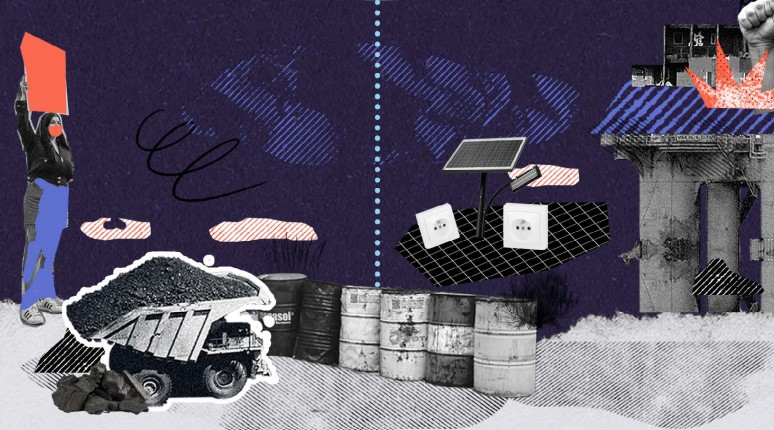Read the interactive version here
It was a hot and humid July day in Sambutan, Indonesia. Junaidi, his brother Ramadhani and their neighbour Miftahul were running and shouting as they raced each other down dirt paths of the spiraling mining pit. Each child was trying to be the first to reach the enticing turquoise pool of water at the bottom of the mine. They arrived at the water’s edge and jumped in to cool off, splashing each other and swimming out into the middle of the expansive body of water.
Hours passed by as the children played in the abandoned pit. As evening fell, their mother waited for their return in time for dinner. With no sign of them, she anxiously alerted her neighbours and the authorities. Early next morning the children’s bodies were found, floating in the blue depths of the abandoned pool.
Stories like these are all too common in the region of East Kalimantan. Since 2011, 26 children’s deaths have been reported around Samarinda where most of the mining pits are concentrated. Their ages range from 3 to 17 years old.
For a city with a population of 727,500 and a vast rural population spread, these deaths have shocked the region. What’s more, other child fatalities could have gone unregistered.
Abandoned mining pits in Indonesia are a huge threat for local communities. There are no protective barriers to stop children playing near the toxic polluted water so the risk is high that many of them will end up drowning if they try and swim.
Parents who have lost children to these ‘death traps’ usually only receive a token compensatory sum of money for their grievances. While some families have started petitions to try and close these disused pits, their outcries usually reach deaf ears.
When 10 year old Muhammad Raihan Saputra drowned in a mining pit 200 metres from his home on 22 December 2014, his mother started a petition on change.org which gathered over 10,000 signatures. She gave the petition to the Indonesian Ministry of Environment and Forestry and has spoken to ministers and national institutions but so far the government hasn’t taken action. The petition has since been restarted in light of more recent fatalities.
What is civil society doing about the situation?
The greatest struggle for these local communities is the lack of knowledge about how to use their rights to stand against mining activities appearing in their neighbourhoods. Once the mining companies have done their work and left a gaping hole in the landscape, communities don’t know how to reach out to the government and appeal for these pits to be officially closed and restored.
Civil society organisations play an incremental role in helping communities appeal against these deadly incidents in East Kalimantan. Many have appealed to President Joko Widodo, elected in 2014, who promised to rectify Indonesia’s poor environmental record. The President, known as Jokowi, was in East Kalimantan on 23 March 2016 when the bodies of two teenagers were found. He then ordered the Mineral Resource and Environmental Ministries to control and check all mining operations – especially small sites which don’t prioritise safety.
Publish What You Pay (PWYP) Indonesia recently conducted a study entitled “The Mining Permits Reform after the Enactment of Local Government Act and One Stop Service Policy” looking at five provinces: Aceh, South Sumatra, West Kalimantan, East Kalimantan and Central Sulawesi.
“This study aims to assess the extent to which mineral and coal mining permits reforms are based on two regulatory changes: the Local Government Act and One Stop Services Policy,” explained Wiko Saputra, the Economic Policy Researcher at PWYP Indonesia. “This study not only focuses on a national level, but also take primary data from 5 provinces to get the whole picture of policy reform by involving local researchers.”
Missing data involving mining permits and extractive activities is a recurring theme mentioned by local authorities and officials in Indonesia. During the mining boom, basic data surrounding thousands of mining licenses was either inaccurate or lost…











